Discover and explore top open-source AI tools and projects—updated daily.
VAR by  FoundationVision
FoundationVision
Image generation research paper using visual autoregressive modeling
Top 6.1% on SourcePulse
VAR introduces a novel autoregressive approach to image generation, framing it as "next-scale prediction" rather than traditional raster-scan "next-token prediction." This method enables GPT-style models to achieve state-of-the-art results, surpassing diffusion models in image generation quality and demonstrating discoverable power-law scaling. It is designed for researchers and practitioners in computer vision and generative AI seeking efficient and high-quality image synthesis.
How It Works
VAR models images by predicting subsequent, coarser resolutions of an image, effectively treating image generation as a sequence of scale predictions. This coarse-to-fine strategy allows for more scalable and efficient training of large autoregressive transformers, leading to improved performance and emergent scaling laws. The approach leverages transformer architectures, similar to those used in large language models, adapted for visual data.
Quick Start & Requirements
- Installation: Install PyTorch (>=2.0.0) and other dependencies via
pip3 install -r requirements.txt. - Data: Requires ImageNet dataset organized into class-specific subdirectories.
- Optional:
flash-attnandxformersfor accelerated attention computation. - Demo: Interactive demo available at https://opensource.bytedance.com/gmpt/t2i/invite.
- Code:
demo_sample.ipynbprovides detailed usage examples.
Highlighted Details
- Achieved NeurIPS 2024 Best Paper Award.
- Outperforms diffusion models in image generation benchmarks.
- Demonstrates clear power-law scaling for autoregressive visual models.
- Offers zero-shot generalizability across various tasks.
- Pre-trained models available up to 2.0B parameters (VAR-d30) and 512x512 resolution (VAR-d36).
Maintenance & Community
The project is actively maintained by FoundationVision, with significant community adoption evidenced by numerous third-party research projects and forks listed. Further details and community interaction can be found via their GitHub repository.
Licensing & Compatibility
Licensed under the MIT License, permitting commercial use and integration into closed-source projects.
Limitations & Caveats
Training scripts require distributed training setup (torchrun) and significant computational resources, particularly for larger models. While sampling scripts are mentioned as forthcoming, the provided demo_sample.ipynb offers immediate inference capabilities.
5 months ago
1 day

 yujiwen
yujiwen ShihaoZhaoZSH
ShihaoZhaoZSH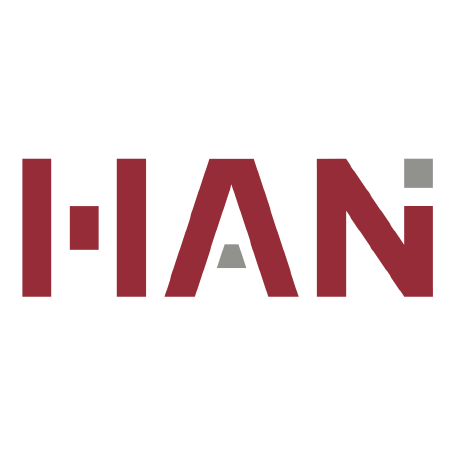 mit-han-lab
mit-han-lab Alpha-VLLM
Alpha-VLLM JiuhaiChen
JiuhaiChen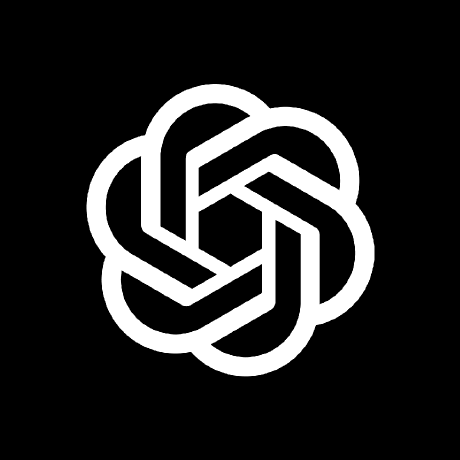 openai
openai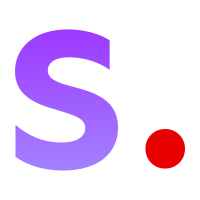 Stability-AI
Stability-AI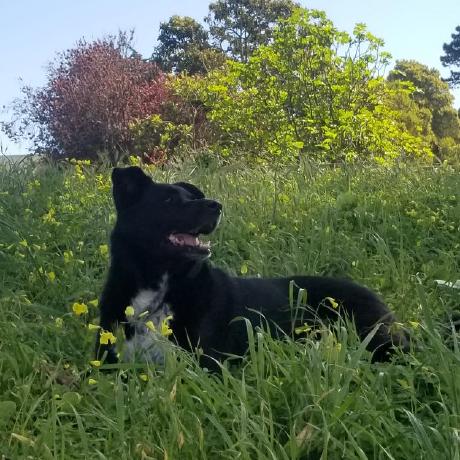 lucidrains
lucidrains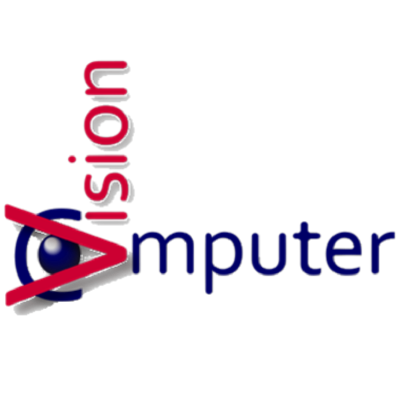 CompVis
CompVis borisdayma
borisdayma